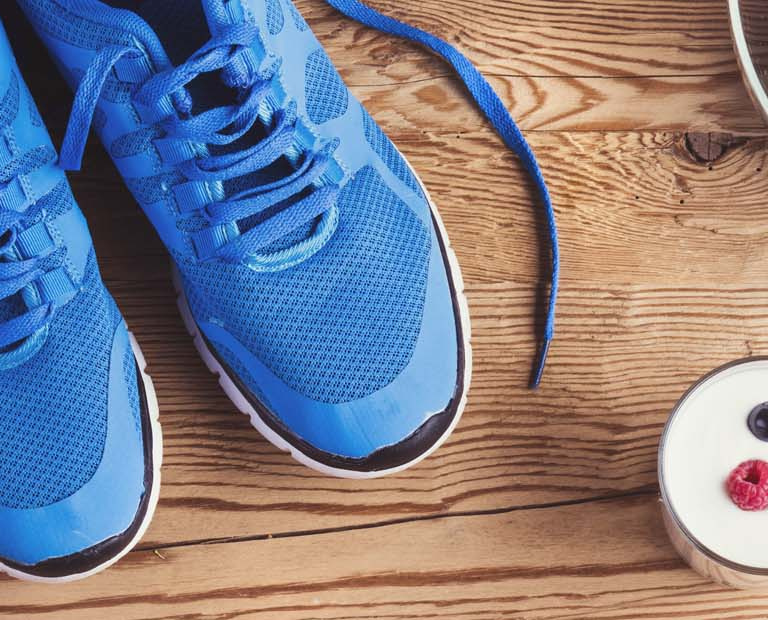The Impact of GI and GL on Training
6 minute readIt goes without saying that achieving fitness goals and maintaining a good level of health isn’t just about the workout. As we know, our diet is a crucial element in getting the best results. Whether you’re following a low-carb or a high carb diet, you’ve got to know and understand your carbohydrates.
Two important tools in this understanding are glycaemic index and the glycaemic load.
Glycaemic Index
Glycaemic index (GI) indicates how quickly the carbohydrate present within a certain food is digested, broken down into glucose, released into the blood stream and raises blood sugar levels. The GI number given to a food provides a helpful comparison between foods of their potential to raise glucose levels by how much and how quickly. A food with a high GI gives an instant energy boost and raises blood sugar quicker and to a greater extent than a food with a medium or low GI. GI is scaled between zero and 100, with pure glucose having a GI of 100. A food is considered a low GI food if it scores anything below 55.
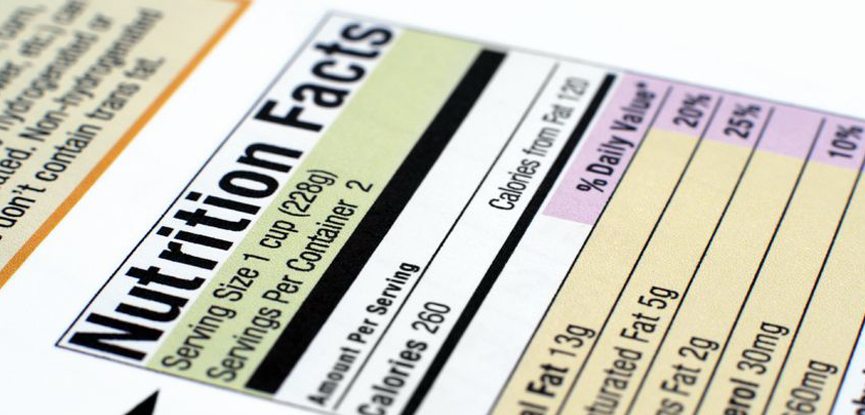
GI was first introduced to help diabetics make the right food choices and enable them to have better control over blood sugar levels. It’s also now commonplace to consider the GI of a food in terms of sports nutrition.
As a general rule, the lower the GI, the less impact a food will have on blood sugar levels. There’s less chance of causing blood sugar spikes that, in turn, result in low energy levels and cravings for foods that will lead to another spike. The majority of fruits and vegetables are low GI slow-release carbohydrate foods, as are whole grains, beans and pulses. They keep you feeling full for longer.
However, if you’re training hard at your sport, then an instant hit of quick-release, high GI energy is often essential to keep you going. This is usually achieved with the use of sports drinks or carbohydrate gels.
Glycaemic Load
Glycaemic load (GL) also indicates how quickly a food will have an effect on blood sugar levels, but crucially, it also indicates how much carbohydrate is in an actual serving of food. It’s the most robust way of measuring carb intake and how these carbs impact on blood sugar levels.
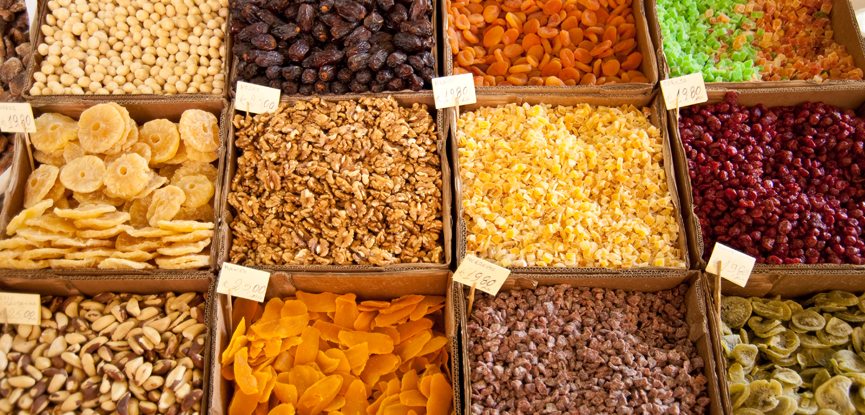
There are many GL apps available that perform calculations automatically. It is possible to work the GL of a certain food with some relatively simple maths if you know the GI. The calculation is as follows: GI x the amount of a carbohydrate in grammes divided by 100.
Similar to low GI, foods with a low GL (ten or below) are considered to be slow-releasing carbs and aren’t likely to cause blood sugar spikes. Similarly, a high GL food will give a quick release energy hit. This again is incredibly useful during training.
Carbohydrate Types
GL is better than GI at indicating how your portion of food will affect your energy and blood sugar levels. This will help you plan your diet around your training schedule. Foods lower on the GL scale tend to be higher in fibre, which helps make us feel full. This can be useful for a calorie-controlled diet and essential for a healthy bowel. High GL foods make us feel full and energised initially, as our bloodstream is quickly filled with sugar, the downside obviously being the crash that comes afterwards.
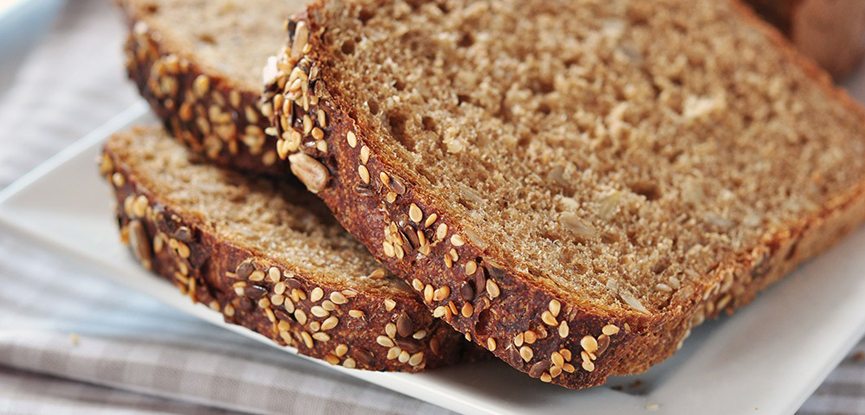
For example, if you’re a long-distance runner, you’ll probably fill up on slow-release, low GL foods the evening before a long run. If you’re planning a big session at the gym, then you might ‘pre-load’ with slow-release carbs a couple of hours beforehand. These act as the fuel you’ll need to begin your exercise. But then during your run, gym session or other type of exercise, you’ll probably need some high GL energy shakes or gels for instant fuel as your energy reserves start to deplete.
Studies into GI and GL
There have been many studies into the effect of GI and GL on exercise performance. One study in the International Journal of Sports Nutrition and Exercise Metabolism found that participants rated their perceived exertion lower on a low GI pre-exercise meal than those on a high GI meal. Participants were given their meals two hours before completing 90 minutes of high intensity intermittent indoor running. Those on a low GI meal essentially found it ‘easier’ than those on the high GI meal to complete the run. Thus backing up our understanding that slow-release carbs help fuel our workouts.
A research paper on the use of GI on exercise performance found more evidence for the positive benefits of high GI foods in sports nutrition. It concluded that a high GI meal after exercise is beneficial to recovery by enhancing glycogen storage in the muscles. Glycogen stored in the muscles allows for a plentiful supply of glucose, essential energy for muscle repair and building.
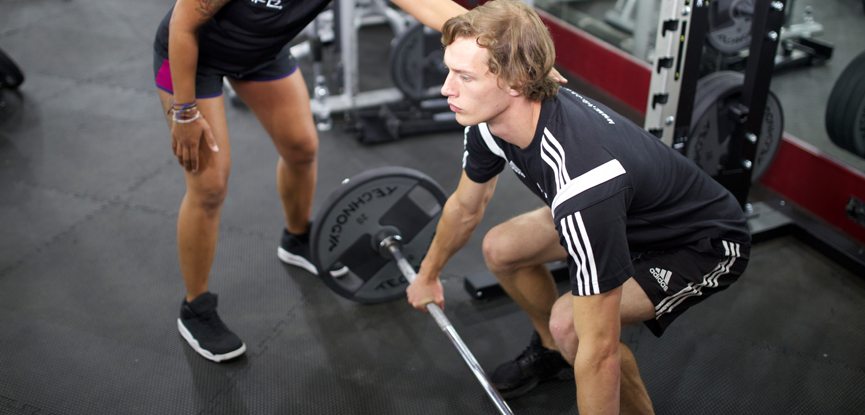
A comprehensive 2015 study in the Journal Sports Medicine found that increasing the carbohydrate stores in the muscles and the liver before a workout with low GL foods “helps delay the onset of fatigue during prolonged intermittent variable speed running” such as that associated with team sports. It also concluded that ingesting high GL carbohydrate in the form of drinks and gels during exercise “improves performance” and “ingesting carbohydrate immediately after training and competition will rapidly recover liver and muscle glycogen stores”.
A 2013 study in the same journal had already concluded that the availability of slow-release carbs directly impacts endurance capacity and endurance performance. It also found that high amounts of high GL foods consumed post-exercise helps replenish depleted muscle glycogen stores. Further backing up the need for careful carbohydrate considerations before, during and after exercise.
Low and High GL Foods
Low GL foods include oatcakes, oats, sweet potatoes and oranges. High GL foods include white rice, rice cakes and white potatoes. We found this cheat sheet for the Glycaemic Load of common foods but there are plenty of websites and apps available online.
It’s important to note that there is no ‘one size fits all approach’, so whether self-training or working a client, some minor experimentation may be initially required. Optimising your diet with the right carbs for energy could mean the difference between a medal finish or a PB, or feeling frustrated with your performance.
Back to articlesSubscribe to our newsletter
Step inside the world of health and fitness
Great news, you're on the list...
